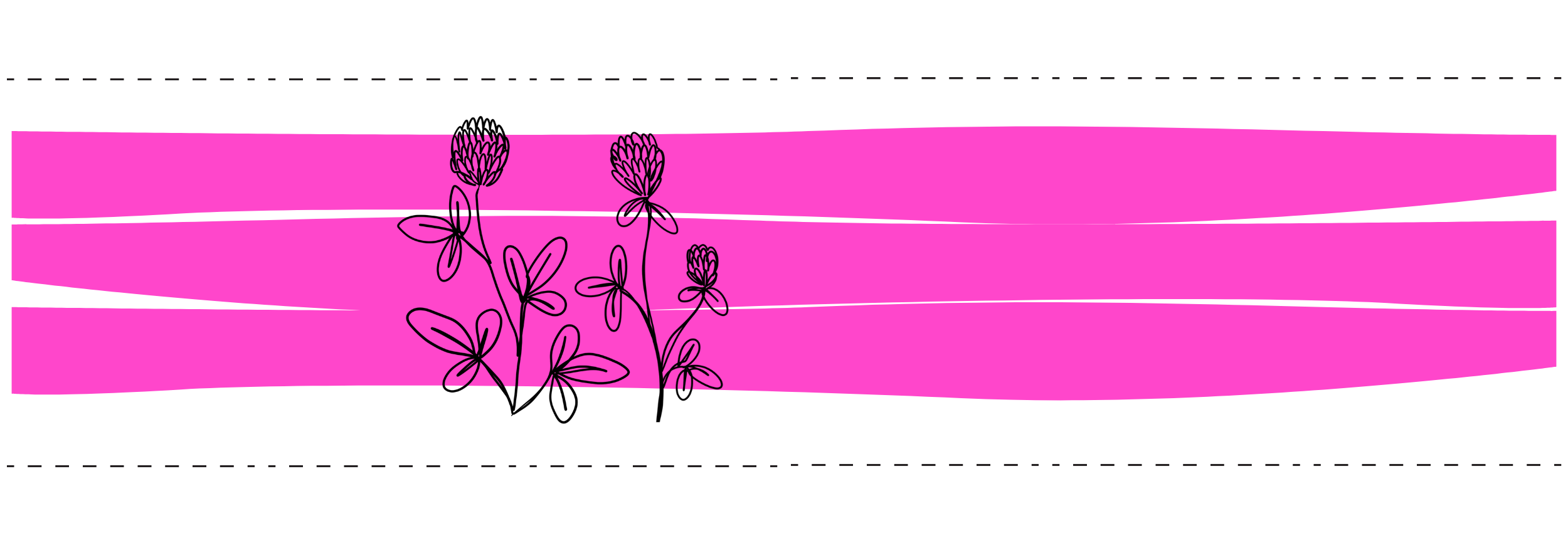Designing a Youth Program
This section will take you through different aspects of designing your youth program. You will consider five key participatory design qualities, dream (more) about the program you want to offer, and start to plan out the main themes and curriculum for your program.
In our work at the Tkaronto CIRCLE Lab, we take a participatory approach to programming and research. We are not just inviting young people to do activities; they have a say over what we do together. Decision-making is a form of participation where young people have real say over the direction a project takes. Participation through decision-making can also deepen over time, with the beginning of the program being more facilitator-initiated.
When thinking about what defines participatory programming, we turn to Carrie Tzou, Rekha Kuver, Amy Twito, and Ashley Braun, who describe five key qualities to consider while designing a participatory program: Everyone Holds Knowledge; Trust takes Time; Clear the Way; We’re in this Together; and There’s More than One Way.
1. Everyone Holds Knowledge: Centering Strengths
What it looks like in a program:
Avoid prioritizing certain forms of engagement
Provide moments of authentic choice in project work
Infuse storytelling as a practice in the program
Value expertise in all its forms
2. Trust Takes Time: Committing to Relationship-Building
What it looks like in a program:
Include unstructured time in the program
Offer multi-session programs
3. Clear the Way: Making It Possible to Show Up
What it looks like in a program:
Offer programs in convenient locations
Provide meals or snacks, childcare, translation, or other barrier-reducers
Scaffold modes of participation for varying ages, abilities, interests, etc
4. We’re in this Together: Developing Mutual Responsibility
What it looks like in a program:
Model your own learning
Facilitate skill-sharing between participants
Ask: How do we learn together?
Establish group norms
5. There’s More than One Way: Embracing Fluid Roles
What it looks like in a program:
Reflect on identities and skills in development
Think through how role fluidity can emerge
Maintain porous roles from a place of trust and understanding
Customize support levels and styles
From Learning from Each Other: Intergenerational Learning with Storytelling and STEM by Ashley Braun, Amy Twito, Rekha Kuver, and Carrie Tzou.
Guided Prompts & Activites
-
Five key qualities to consider while designing a participatory youth program are that Everyone Holds Knowledge, Trust Takes Time, Clear the Way, We’re in this Together and There’s More than One Way.
-
This activity asks you to imagine that you are observing a day in your program, and identify core program themes.
-
A curriculum spiral is a way you can display your program themes or objectives.
-
When planning your program it can be helpful to consider what the flow for a typical session will be. Having predictability in your program structure can help build assurance and trust, and make participants feel more comfortable.
-
An important aspect of youth programs is including an evaluatory element. Evaluation refers to how the program is assessed and reviewed. Centering youth-led evaluation takes seriously their desires for the program, experiences within the program, insights into the program’s shortcomings, and suggestions on strengthening it.

Suggested citation:
Tkaronto CIRCLE Lab. (2023). Designing a Youth Program [Land Education Dreambook]. https://www.landeducationdreambook.com/designing-a-youth-program
